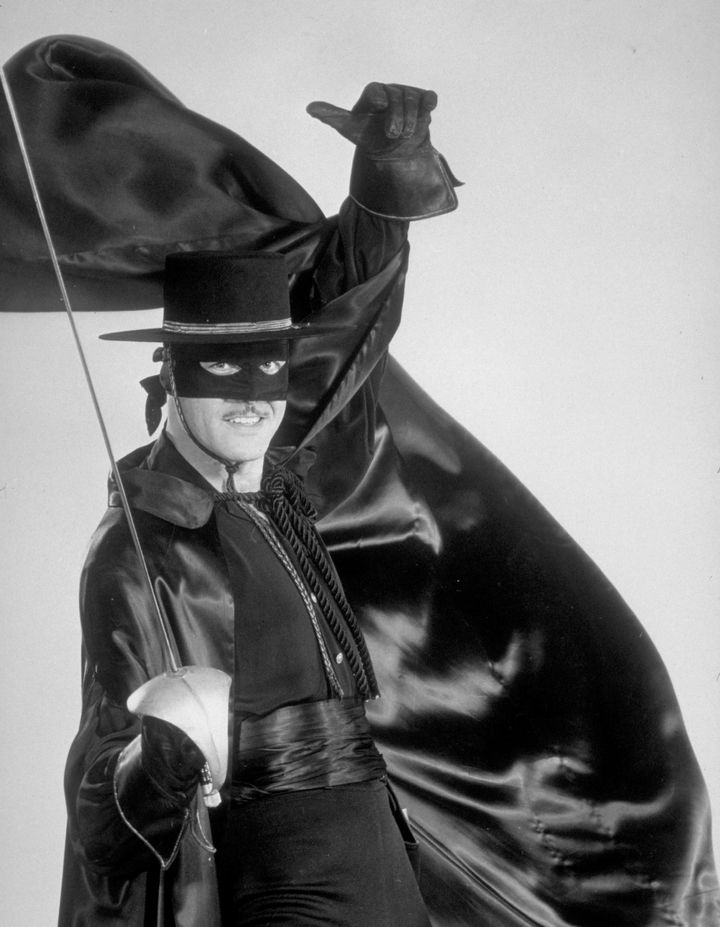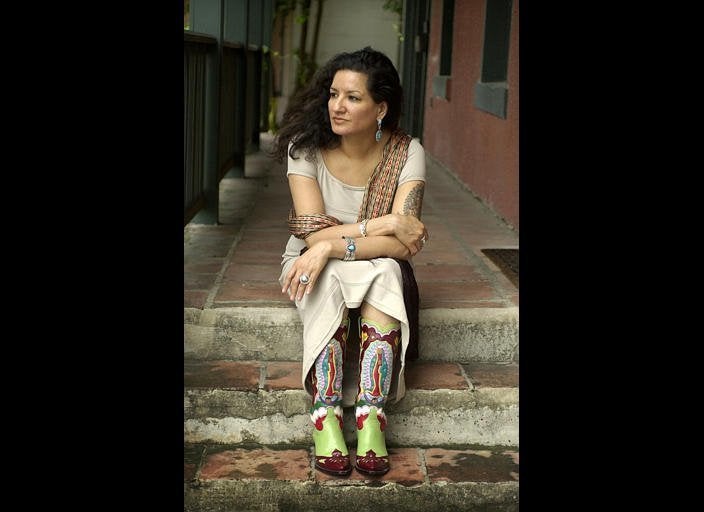
Fiction has provided stereotype characters that have personified human traits: frailties, weaknesses, courage, friendship, unfaithfulness, treachery… but those portraying the protection of the weak, the defenseless, and the downtrodden, have caught the fancy and imagination of millions throughout the centuries. Robin Hood comes to mind, who robbed from the rich in order to give to the poor. He became a popular folk figure, an outlaw for sure, but champion of the oppressed in Anglo-Saxon lore.
The Scarlet Pimpernel, 1905, written by Baroness Emmuska Orzcy, with the French Revolution backdrop, represents the first hero with a secret identity, champion of those in despair and in danger of losing their heads to the guillotine. Several films have been made from this fictional character. We can mention Scaramouche and Rocambole, for example, also heroes in important action novels and flicks.
Enter: Zorro and El Coyote
In the 20th century, two Hispanic fictional characters enthralled the imagination of millions of readers and viewers. They were the hub around whom novels, short stories, films and TV series were made to satisfy the hunger of audiences for their adventures, their good deeds and daring exploits against despots and exploiters; romantic heroes women yearned after because they were free, mysterious, dashing, fearless, righteous and appeared and disappeared at will. Better still, they did not work in dull offices from 9 to 5.
Zorro was the creation of Johnston McCulley, in 1919, in his novel The Curse of Capistrano, where Don Diego de la Vega becomes Zorro in the pueblo of Los Angeles in order to help the downtrodden and helpless and to right wrongs inflicted on the poor. His identity is not known because Don Diego wears a black mask. He leaves behind him the mark of his identity, a Z which he carves on people with three swift strokes of his rapier. The setting is in California, before the independence of Mexico from Spain. Most of the villains are Mexican and Spanish, full of greed and corruption. Don Diego woos señorita Lolita Pulido who cares not for him, but is secretly in love with the dashing Zorro, who happens to be Don Diego. Well, you know how it goes.
Several sequels made the character popular which prompted the making of several films. The Mark of Zorro, with Douglas Fairbanks, was released in 1920 to great success, which encouraged McCulley to write many more Zorro novels. Many movies have been made since the first, the latest being The Legend of Zorro, 2005, with Antonio Banderas.
Zorro helped make Spanish things popular in the United States, especially with women who saw, and still see Zorro, with his mask, moustache, sombrero cordobés and cloak, a dashing and romantic figure.
José Mallorquí Figuerola (1913-1972) was a pulp and feuilleton writer from Barcelona, Spain, who made a living translating novels from the French and English languages. He was very prolific and penned western-like cheap novels until he hit on El Coyote, a copy of Zorro, and went on to write over 190 novels based on this fictional character. Novels, films and comic books were read by millions of readers.
El Coyote is in reality Don César de Echagüe, a rich California hacendado who returns to his Hispanic land in 1851, to find it invaded and conquered by ruthless Yankees set on getting hold of the gold mines owned by the Hispanic inhabitants of the newly incorporated territory. Don César leads a double life: as a cowardly hidalgo and as an intrepid and fearless champion of the rights of the Hispanos, in the guise of El Coyote, with mask and cloak, and Leonor de Acevedo for a girlfriend. The tyranny of General Clarke in California and the reign of terror and plunder to which he subjects the native California population is checked by the hero of our novels, El Coyote.
A bit of anti-Americanism seeps into these novels where the Hispano is the downtrodden, the vanquished, and the evil American, the villain, who is set on taking all from the native inhabitants of California. The way El Coyote is able to redress the ills inflicted by the American invaders attracted readers, no doubt. The plot is clear-cut: the Hispanic of California, the good; the American invader, the bad.
Fictional heroes tend to embody the likes and dislikes of the public. The secret for writers is to discover what readers secretly yearn for.
Originally published in VOXXI as Two Hispanic fictional champions of the underdog: Zorro and El Coyote
